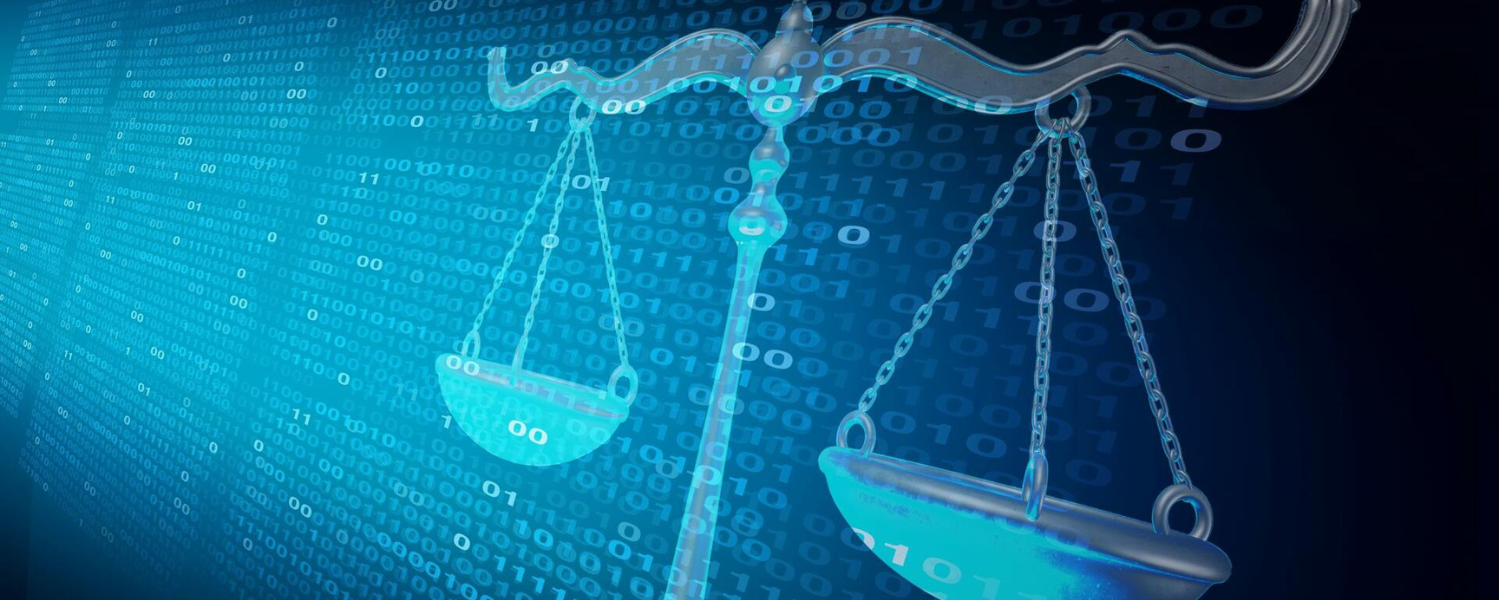
Digital law in Vietnam – A perspective from the Spin-Off model – Part 1: Legal practice in Vietnam
05 Jul, 2022
Developing digital technology and digital businesses according to the Spin-Off model is considered a classic model of countries around the world. With the current legal system and the operating model of Vietnamese scientific and technological organizations, whether this model can be successfully implemented or not is a matter that needs to be studied. In part 1 of this article, by the method of document synthesis and analysis, the author points out the limitations and inadequacies of the regulations related to the current process of digital technology formation and transfer as well as the current state of law enforcement that affects the development of digital technology under the Spin-Off model in Vietnam.
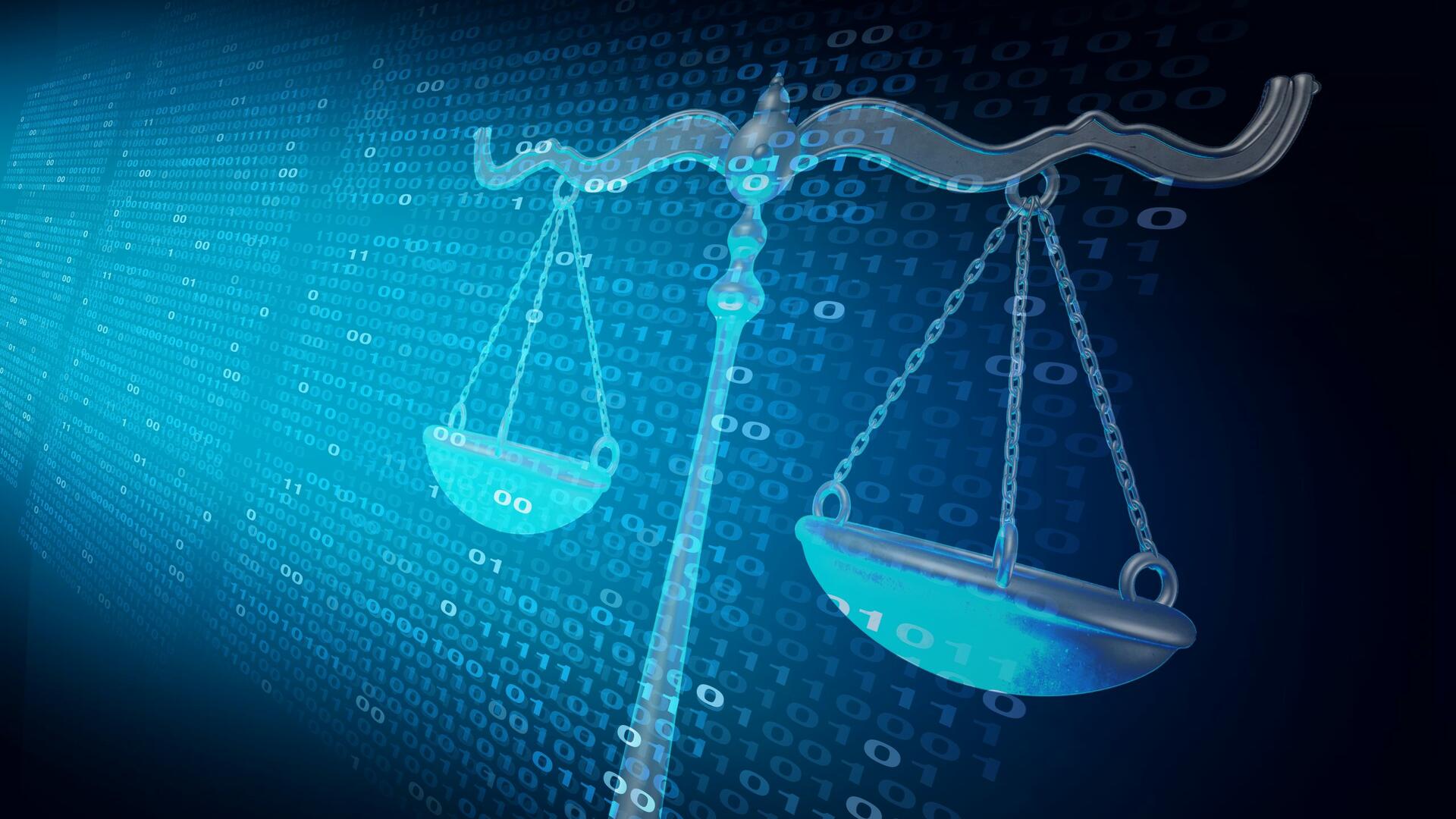
Spin-off model and legal content for Digital Technology from the perspective of this model
Spin-Off model is a start-up company model owned by Universities or Science and Technology Organizations (referred to as Research Institutes) as business owners from capital contribution by operating results. science and technology activities. From the perspective of the Spin-Off model, it can be seen that digital technology development in this perspective is the process, despite many different interpretations, which can be generalized as the process of creating and transferring the results of Science & Technology activities (technology transfer) to form Science & Technology enterprises and innovative start-up ecosystems.
* Subjects of scientific and technological activities:
In terms of operational functions, Science & Technology organizations are classified into: basic research, applied research, science and technology service implementation. Regarding rights, in accordance with the Provisions of Article 13 of the Law on Science and Technology 2013, Science & Technology organizations may cooperate, joint venture or contribute capital with money, property, value of intellectual property rights to operate scientific and technological activities and production and business activities. Regarding the form of operation, in accordance with the Provisions of Article 9 of the Law on Science and Technology 2013, a Science & Technology organization operates in one of the following forms prescribed by the Law: academies; institute; center; office and some other forms. Subjects and conditions for establishment, subjects to establish Science & Technology organizations in accordance with the regulations including domestic and foreign organizations and individuals; in addition, in accordance with the provisions of Article 20.4 of the Law on Science & Technology In 2013, individuals engaged in Science & Technology activities. For the type of Science & Technology enterprise, in accordance with the Provisions of Article 58 of the Law on Science and Technology 2013, this enterprise must be established under the Enterprise Law 2020 and satisfy the following 02 additional conditions: first, having the capacity to perform scientific and technological tasks; secondly, having revenue from the production and trading of products and goods formed from the results of scientific research and technological development at the prescribed rate.
* Foundations for property right creation and establishment in terms of digital technology:
In accordance with the 2015 Civil Code, people who create or have the right to own digital technology can establish civil rights mainly in one of the following forms of creation: (1) creating technology from labor activities or creative labor; (2) or creating technology from the process of production and business; (3) owning technology through a contract. In accordance with the Law on Science & Technology 2013, digital technology is the result of Science & Technology activities, in order to create a complete digital technology, this activity must go through steps, from the lowest step is to scientific research, an activity of creating solutions for practical application, until the last step is trial production, which is the step of perfecting the technology before being put into use in various fields listed as manufacturing or social life.
* Ownership valuation and transfer, right transfer in terms of digital technology use:
For commercial exploitation (including becoming an asset to contribute capital to an enterprise), digital technology must be valued and capable of transferring ownership and use rights. Regarding valuation, if it is a capital-contributing asset, in accordance with the Article 36 of the Enterprise Law 2020, digital technology is valued in two forms, valuation according to the consensus principle or valuation by a valuation organization. For valuation in accordance with the principle of consensus, the value of assets contributed as capital is determined by consensus of members, founding shareholders of the company. In the case of valuation by a valuation organization, the value of assets contributed as capital must be approved by more than 50% of the members and founding shareholders. On the other hand, valuation by a valuation organization is also the case in which it is mandatory for technology transfer using state capital. In addition, the valuation of ‘price of results of scientific research and technological development and intellectual property using the State budget’ is carried out in accordance with the guidance of Joint Circular No. 39/2014/TTLT- BKHCN-BTC dated December 17, 2014 of the Ministry of Science and Technology and the Ministry of Finance.
Regarding the transfer of ownership and use rights for digital technology that has been protected by intellectual property rights: for software, the transfer of ownership and use rights will be done in the form of ‘Copyright assignment contract’ and ‘Copyright use right transfer contract’, the performance of the contract will be applied in accordance with the Provisions of the Civil Code 2015; for patented digital technology, it will be conducted in the form of a contract, including (1) an industrial property right assignment contract; (2)a contract to use industrial property object; and (3) a contract for the use of a secondary industrial property object. In the case that Technology has not been protected by intellectual property rights yet, the transfer of ownership and digital technology transfer will be performed by means of a Technology Transfer Contract.
* Incentives and support for digital technology development:
Incentives and supporting forms for digital technology development are currently mainly based on the Investment Law and 04 Specialized Laws, comprising: Law on Science & Technology 2013; Law on Information Technology 2006; Law on High Technology 2008; Law on Technology Transfer 2017.
Law enforcement practices related to digital technology development in accordance with the Spin-Off model
Practical practice of protecting intellectual property rights for digital technology: The current disputes over digital technology mainly take place in the software field. However, the practice of resolving copyright disputes for computer software has been limited without much effectiveness, the time to handle the case is often long without results. This limitation mainly comes from the low efficiency of assessment activities, in which the assessment capacity of the Copyright Office (under the Ministry of Culture, Sports and Tourism) is also a problem. Regarding the quality of intellectual property assessment activities, Author Nguyen Hai An (2018) pointed out that in practice, the operational capacity of the Judicial Assessment Organization has been being limited, leading to the situation of assessment activities. The judiciary on intellectual property rights is not much effective; in addition, the current independent judicial assessment organizations, most of which as public organizations show the development of this type in 02 areas. In the future, public and private sectors will have a great influence on the effectiveness of the enforcement of intellectual property rights in general and digital technology in particular. In addition, the current Vietnamese court system does not have a patent court model to resolve disputes over intellectual property rights.
The current status of intellectual property rights registration for digital technology: In accordance with the information from the 2018 Information Technology White Paper, a number of large corporations listed as Viettel, VNPT, FPT, and VNG have begun to invest in research and development in terms of products using artificial intelligence and big data; among these, Viettel Group is probably the State-owned enterprise that owns the most patents in the field of information technology, including patent registration in the United States.
Financial support for digital technology creation and development: In addition to funding from the National Science & Technology Fund, digital technology creation and development needs a lot of other funding sources as well as the actual effectiveness of tax incentives and credit support activities.
Please refer to the full research Digital law in Vietnam – A perspective from the Spin-Off model tại đây. Author group: MSc. Dương Anh Quốc – Crowe Accounting Limited Company Việt Nam; Dr. Nguyễn Thị Anh – Faculty of Law, UEH School of Business, Law, and Government.
This is in series of spreading researches and applied knowledge from UEH with “Research Contribution For All – Nghiên Cứu Vì Cộng Đồng” message, UEH would like to invite dear readers to look forward to Newsletter ECONOMY NO. #48 “Digital law in Vietnam – A perspective from the Spin-Off model – PART 2: Solutions for digitalization development in accordance with Spin-Off Model in Viet Nam”.
News, photos: Author group, UEH Department of Marketing – Communication


![[Contribution Research] How Ho Chi Minh City students’ green product consumption is affected by application iCTs innovation nowadays: A case for business to enhance green product consumption by understanding the role of environmental concerns, green consumption value and perceived effectiveness](/images/upload/thumbnail/ueh-thumbnail-639044087939815424.png)
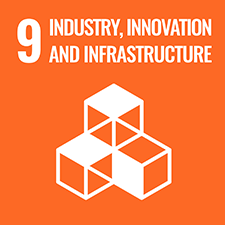


![[Research Contribution] Determinants impacting young consumers purchasing behavioral intention on sustainable fashion: exploration in Ho Chi Minh City](/images/upload/thumbnail/ueh-thumbnail-639035712273480983.png)

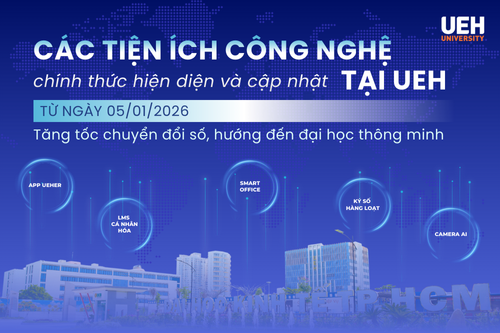


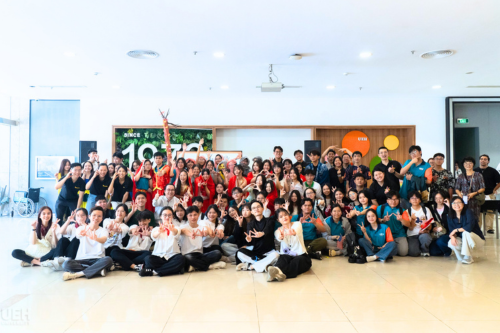

![[Research Contribution] What influences UEH students’ attitudes toward the “UEH Zero Waste Campus” project](/images/upload/thumbnail/ueh-thumbnail-639033816949877456.png)